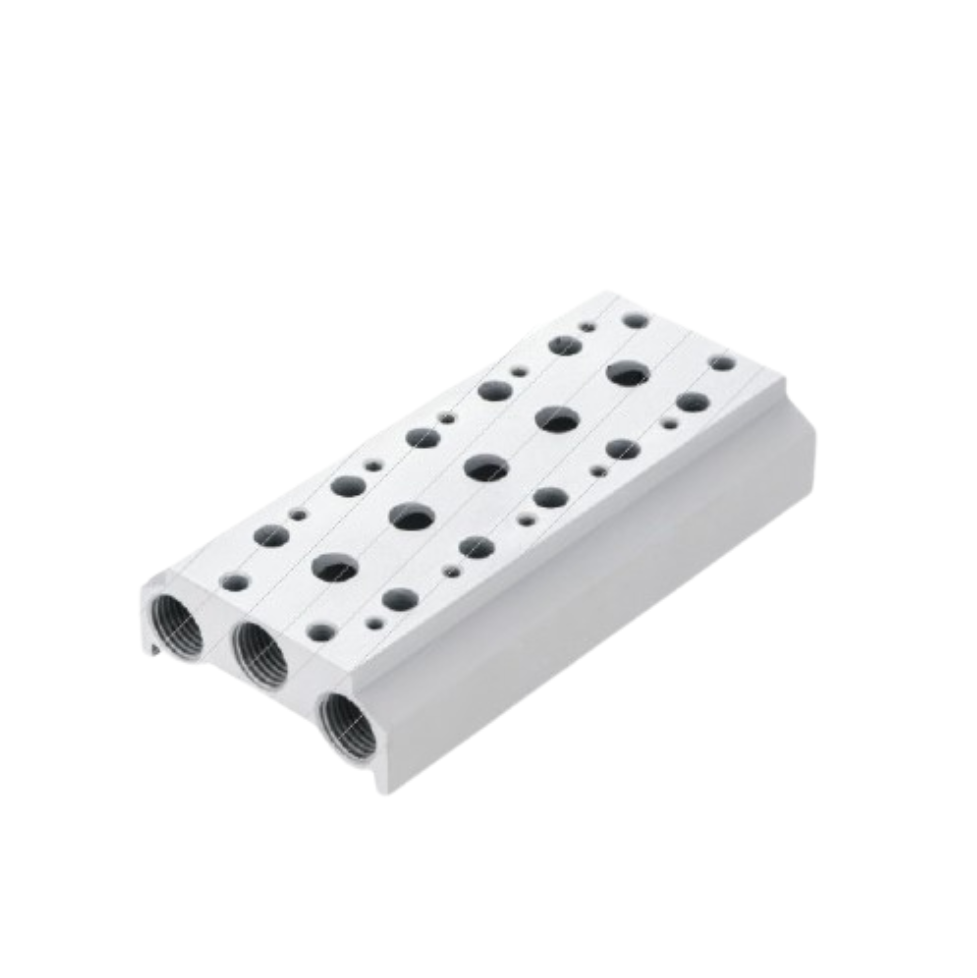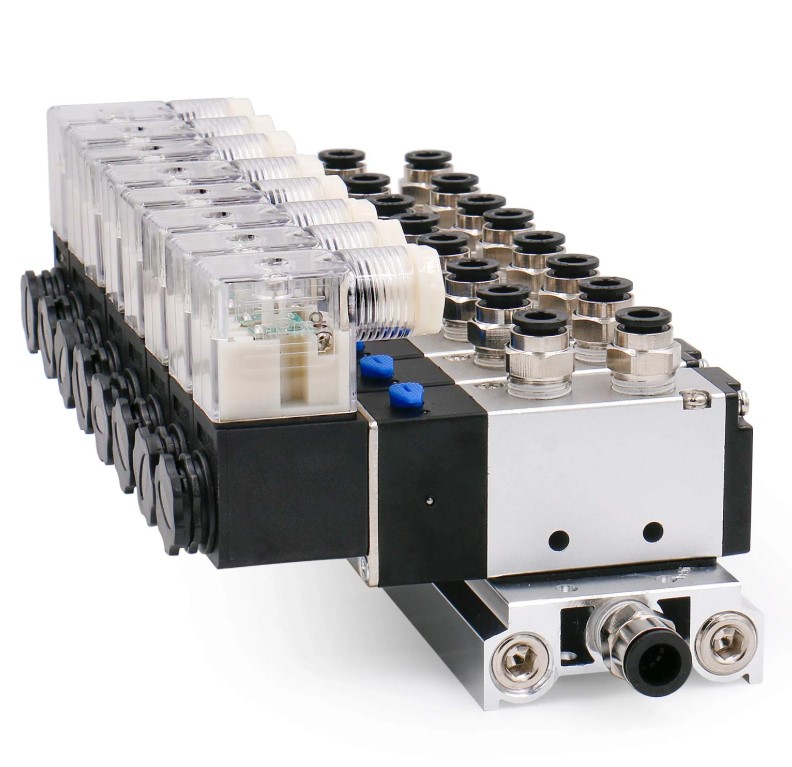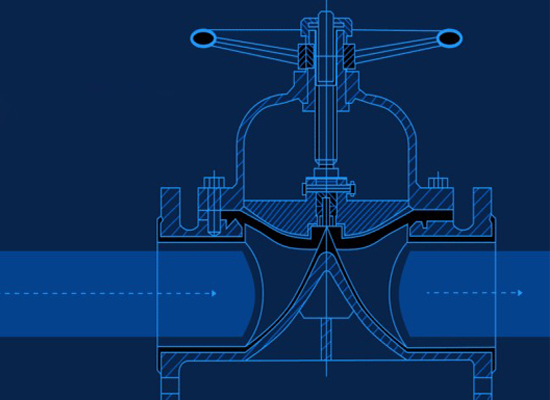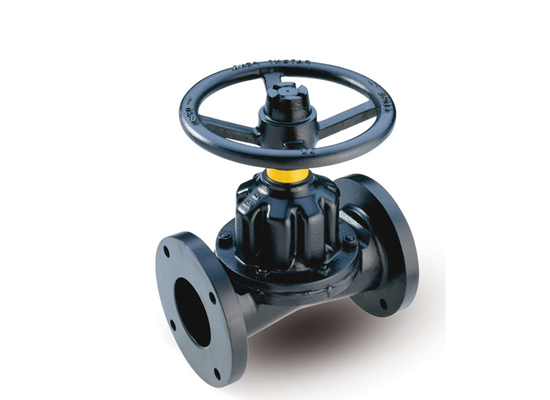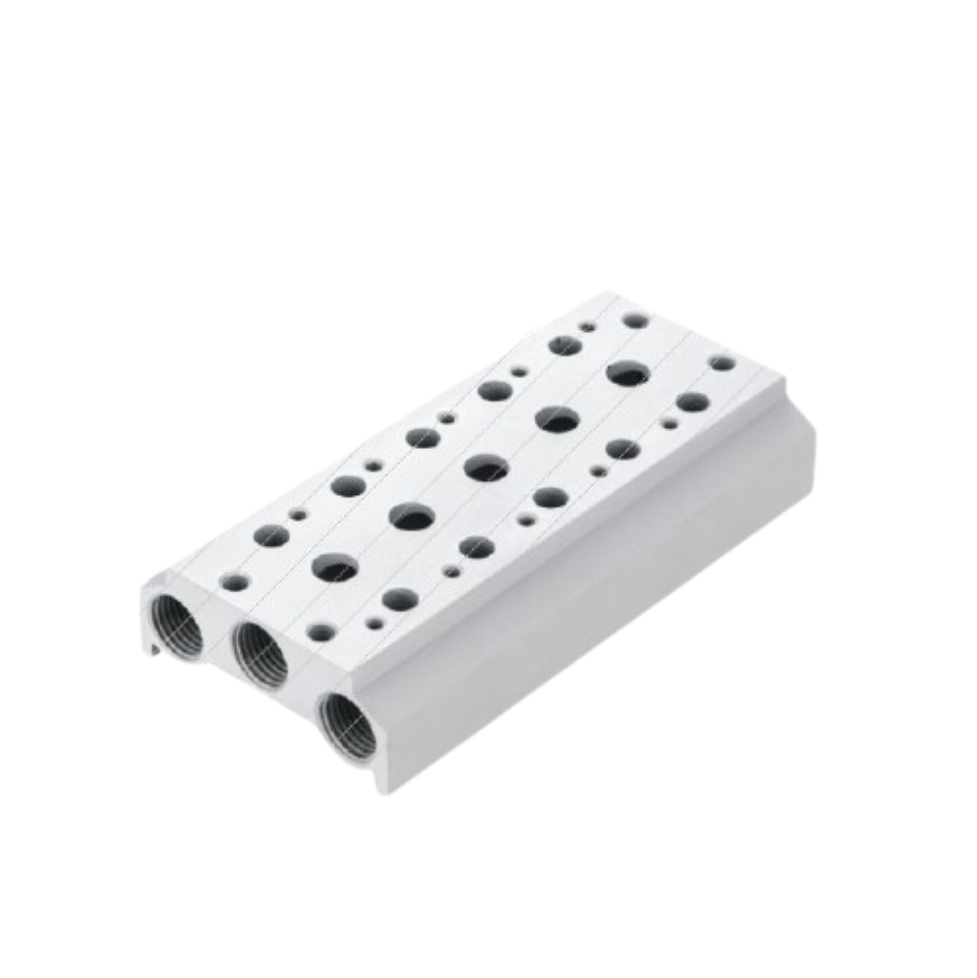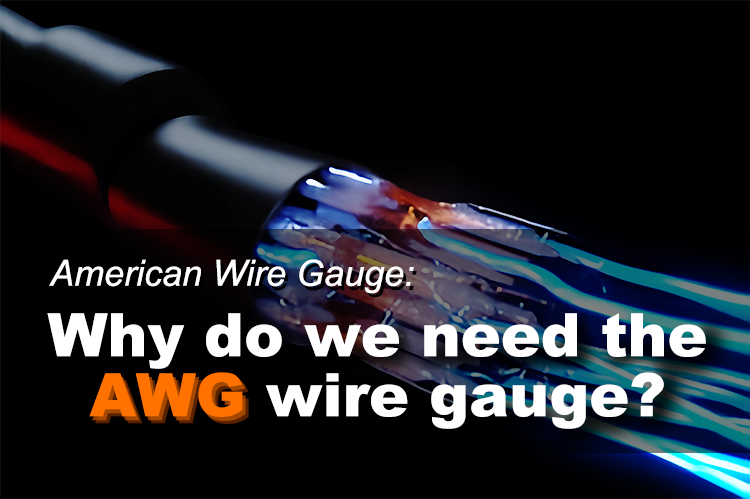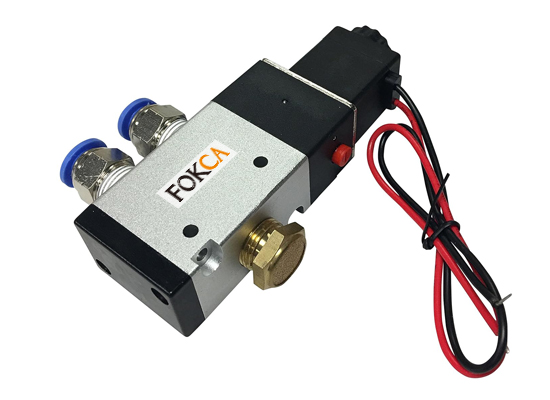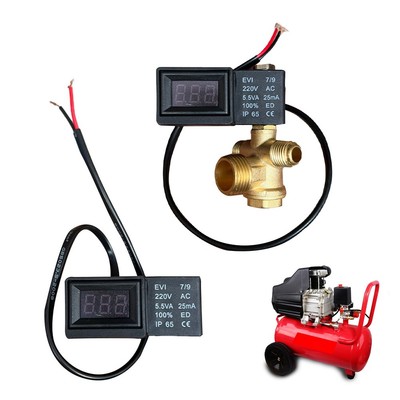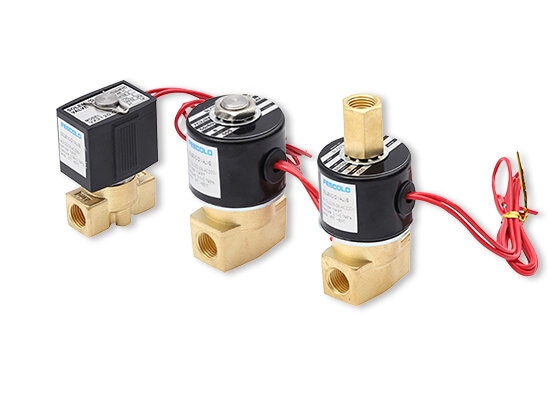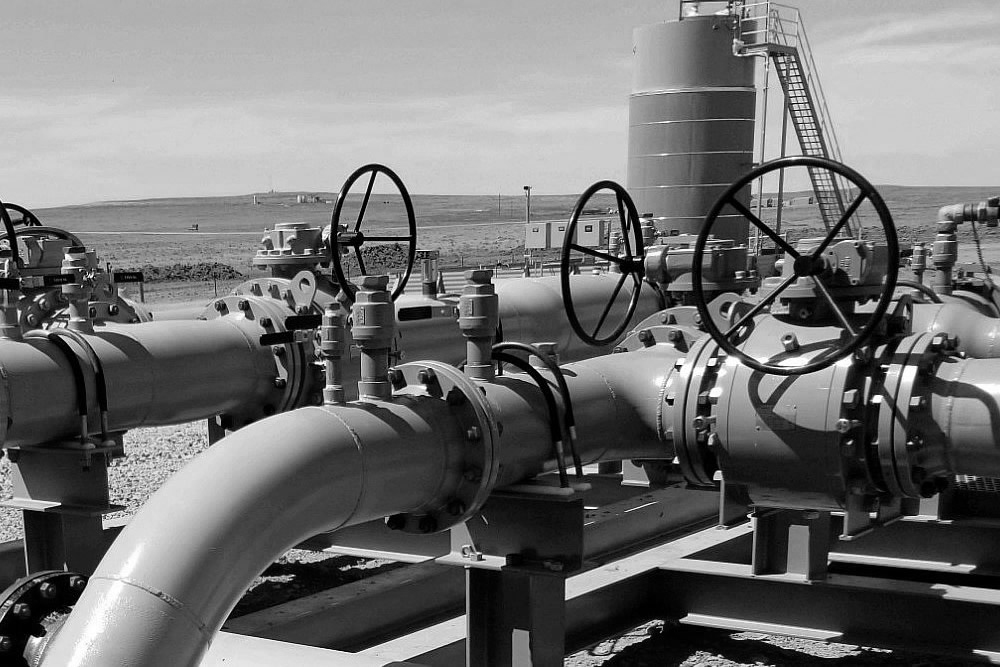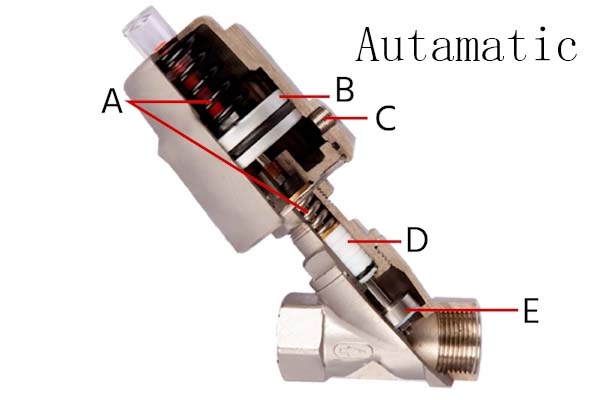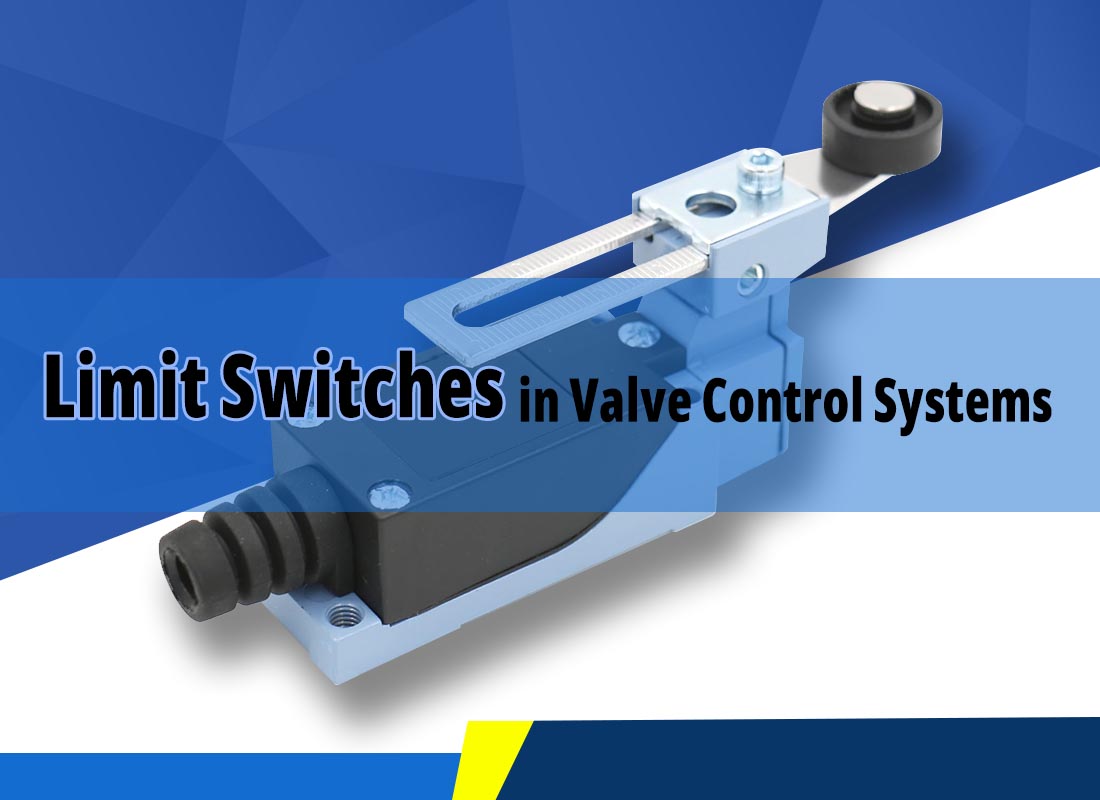Working Principle of a Solenoid Valve Manifold
A solenoid valve manifold integrates multiple solenoid valves to achieve centralized control and management of pneumatic actuators. Its operation mainly involves three key processes: air supply distribution, solenoid valve control, and exhaust handling.
Air Supply Distribution through the Manifold
Unified Air Inlet
The manifold base features a single unified air inlet port connected to the compressed air source.Internal Air Distribution
Compressed air enters the manifold and is evenly distributed through internal channels in the base to each mounted solenoid valve.
Solenoid Valve Control of Actuator Movement
Independent Electrical Control
Each solenoid valve has its own electromagnetic coil that receives electrical signals from a PLC or other industrial controllers.Electromagnetic Actuation of the Valve Spool
When the coil is energized, the valve spool shifts, switching the air paths and controlling the flow of compressed air.Actuator Response
Changes in air flow drive cylinders or other pneumatic actuators to perform mechanical actions such as pushing, gripping, or releasing.Coordinated Control of Multiple Valves
The PLC controls multiple solenoid valves sequentially or simultaneously based on process requirements to execute complex automated action sequences.
Shared Exhaust Path for Waste Air Handling
Unified Exhaust Port
The manifold typically has a shared exhaust port through which all solenoid valves release waste air.Exhaust Path Design
Waste air is routed through internal exhaust channels within the manifold base, simplifying the exhaust piping design.


